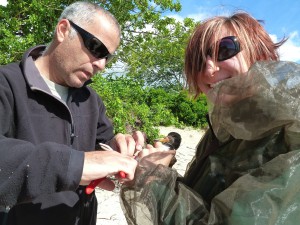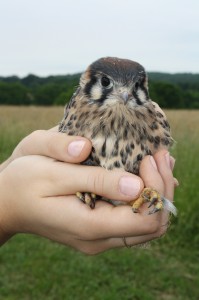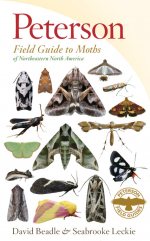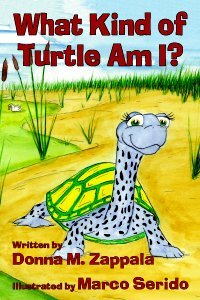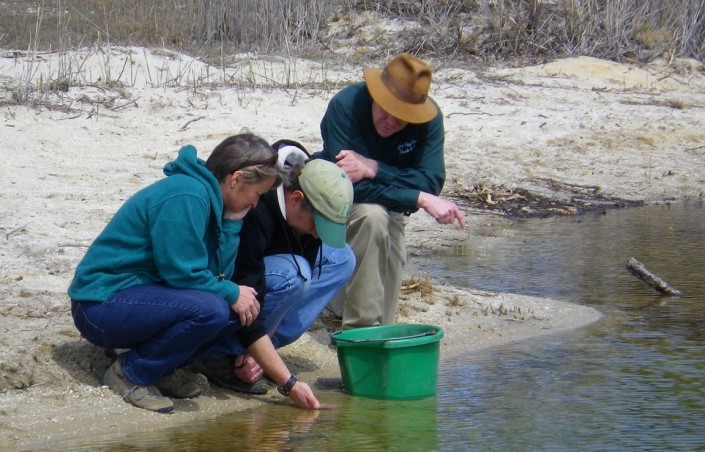The 2012 Women & Wildlife Education Award Winner is Dale Rosselet. Dale has been sharing her passion about the environment and advancing environmental education for 29 years at NJ Audubon. Join us to honor Dale and other 2012 Women & Wildlife Award Winners on Sunday, April 15th beginning at 2pm. Click here for tickets and more information.
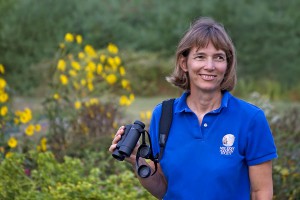
What is the best thing you get to do? I LOVE working with teachers and get to do that on a regular basis…I will almost never turn down a professional development workshop. I LOVE working with other staff at NJ Audubon – we have such an amazing group of creative people and the discourse is great, but I guess the coolest thing I get to do is lead occasional eco-tours to places that I would not otherwise be able to visit. Getting out of the US and visiting these places, learning a little bit about other cultures and how people live, really broadens one’s world view and helps put things in perspective.
What has been your biggest success in your current job? I became VP for Education at NJ Audubon after my predecessor Pat Kane retired. She was (and is) a mentor and friend. Under her guidance and vision we created a strong foundation for NJ Audubon’s environmental education platform. I’ve had the pleasure of working with talented people to strengthen the work we do in urban environmental education and reaching people who don’t have access to our vast open spaces. This part of the NJ Audubon education platform continues to grow and mature, but it is very exciting to be a part of it as that happens.
What delights you in your daily work? I really like the diversity of tasks that the VP for Education is responsible for. I could be planning teacher professional development or working with staff to write a grant to help them realize a programmatic goal or cutting out photos to go on an exhibit board. I could be developing assessment tools or leading a bird field trip or talking to people in our bookstore about bird sightings. While sometimes this diversity makes me seem schizophrenic, I wouldn’t have it any other way.
What is the one tool or resource that makes your job easier? The resources that make my job easier are the other professionals that I work with – both at NJ Audubon and in the environmental education community. I am constantly amazed and humbled by the commitment to this field and the broad experience and vision that people bring to the table.
What wildlife “lives” in your office? I don’t have anything the lives in my office…except for the occasional mouse passing through, but I have a world of wildlife right outside the window. One of my favorite things is that when I am on a conference call (and those are numerous!), I can stare out over the marsh and watch Osprey or Bald Eagle fly by or pick my binoculars up and see Indigo Buntings or Orchard Orioles in the back trees.
If you could be one animal (that lives in NJ of course!) what would you be and why? Box turtle! I have always had a soft spot for box turtles and when I found out that they live so long and their home range is about the size of a football field that just amazed me. I keep a photo library of “my” box turtles in the yard and am up to about 7 individuals.
Why did you decide to protect or educate people about NJ’s wildlife? I grew up on the edge of the Great Swamp in Morris County. The more time we spent outside the better life was…climbing apple trees, catching frogs, picking blackberries, roaming the sandpit nearby, catching toads, getting muddy, building forts. With this kind of background, I had no choice but to go into the education field. I wanted to make sure that people – especially children – have access to having a similar set of experiences.

